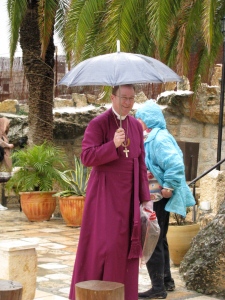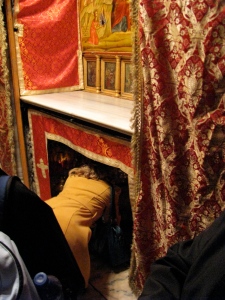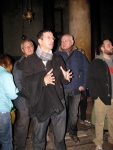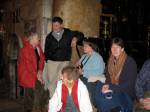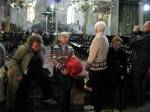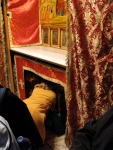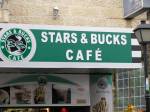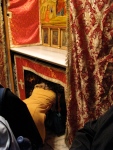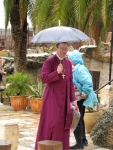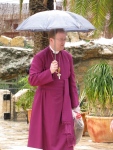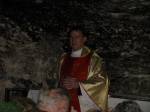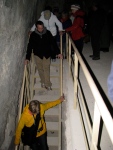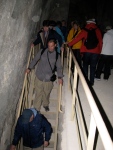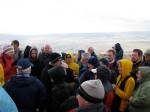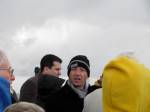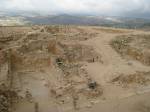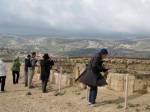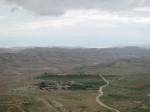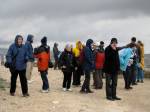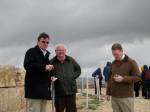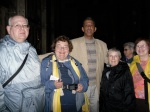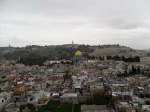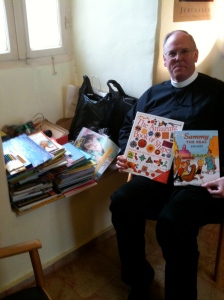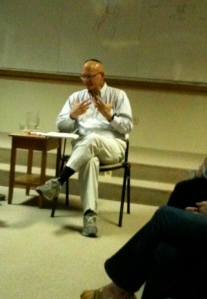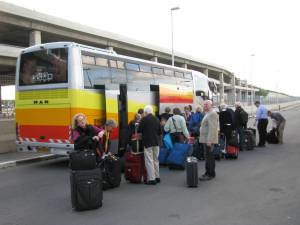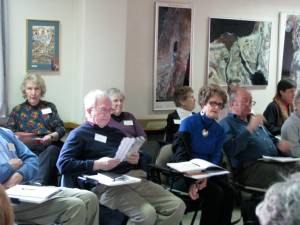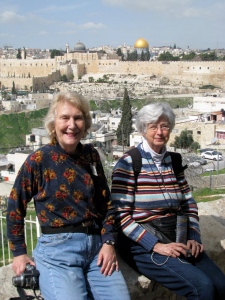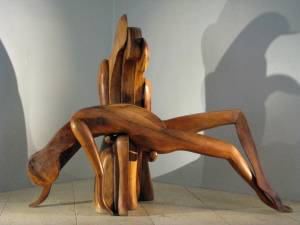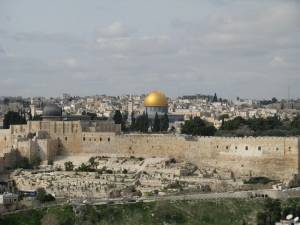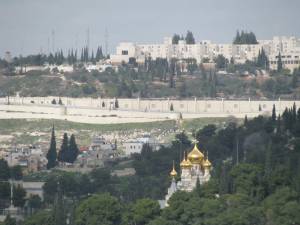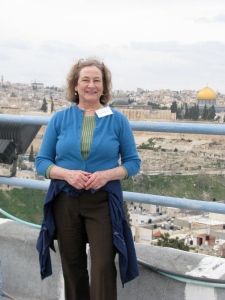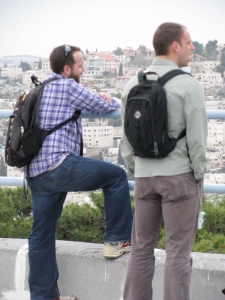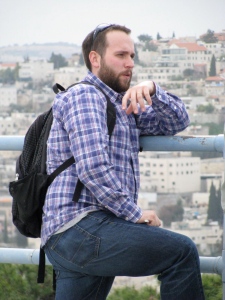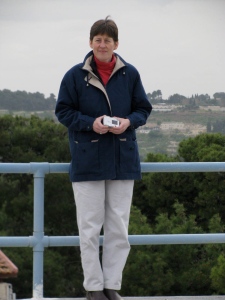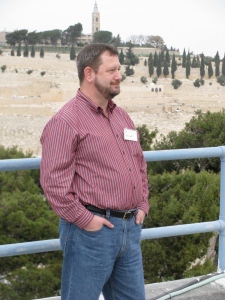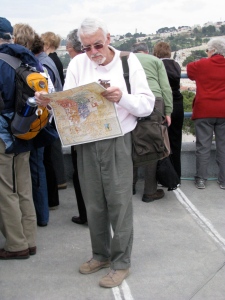Posted by Abbott Bailey
This morning many of us worshiped with the Arabic congregation at St. George’s Cathedral. Much, of course, was in arabic and therefore would have been completely incomprehensible were it not for the fact that we were worshiping together as Anglicans — we understand each other’s prayer language. At times, I would close my eyes and listen as the two languages, arabic and english, wove in and out , neither silencing or outdoing the other.
The gospel reading was from Matthew – the story of the Canaanite woman (‘Yes, Lord, yet even the dogs eat the crumbs that fall from their masters’ table.’) I couldn’t help but wonder how the Palestinian Christians hear this story. Do they ever feel like they are receiving the scraps from the table of the Holy Land? The preacher, as others have, suggested that she “reminded” Jesus that he is the Lord of ALL people, and not just a few. He also suggested that we reach for more faith than the faith of the Canaanite woman (who, I would suggest, stood up to Jesus to get her just mercy). Is that what it takes to survive here? Or maybe the simple fact of living here day in and day out with faith suggests something more profound than many of us can imagine who have so little need to stand up for anything since it is all handed to us on a silver platter.
As it stands, the Christian population is rapidly dwindling in the Holy Land. Yesterday, when we visited Bethlehem, we learned that in recent years the Christian population, which was a majority, is now around 25% of the population. In all the Holy Land, Christians now account for less than 2% of the population. We’ve been told that Christians have more family connections outside of Israel and Palestine, which makes it easier for them to leave. Given the hardships of living here as palestinians, they chose to make another home.
I am reminded of Dr. Yarden’s reflection on the difference between Christian and Jewish understandings of the Holy Land. He said that for Jews the Holy Land is a tapestry in which every thread is Holy moving out in concentric circles of holiness from the Temple Mount. For Christians, he said, the Holy Land consists of a series of holy places, like knots, in between which there is nothing sacred so to speak. I understood the analogy, but wasn’t sure I’d push it quite that far in terms of the Christian view of the Holy Land. I understand that we, as a people, were never a nation in the sense that the Jewish people understand themselves to be a nation here, and yet I imagine that the ties to the land are still quite strong for a Palestinian Christian whose family has been living here for generations. I wonder what analogy a Palestinian Christian might make of the relationship between the people and the land in terms of their faith?

